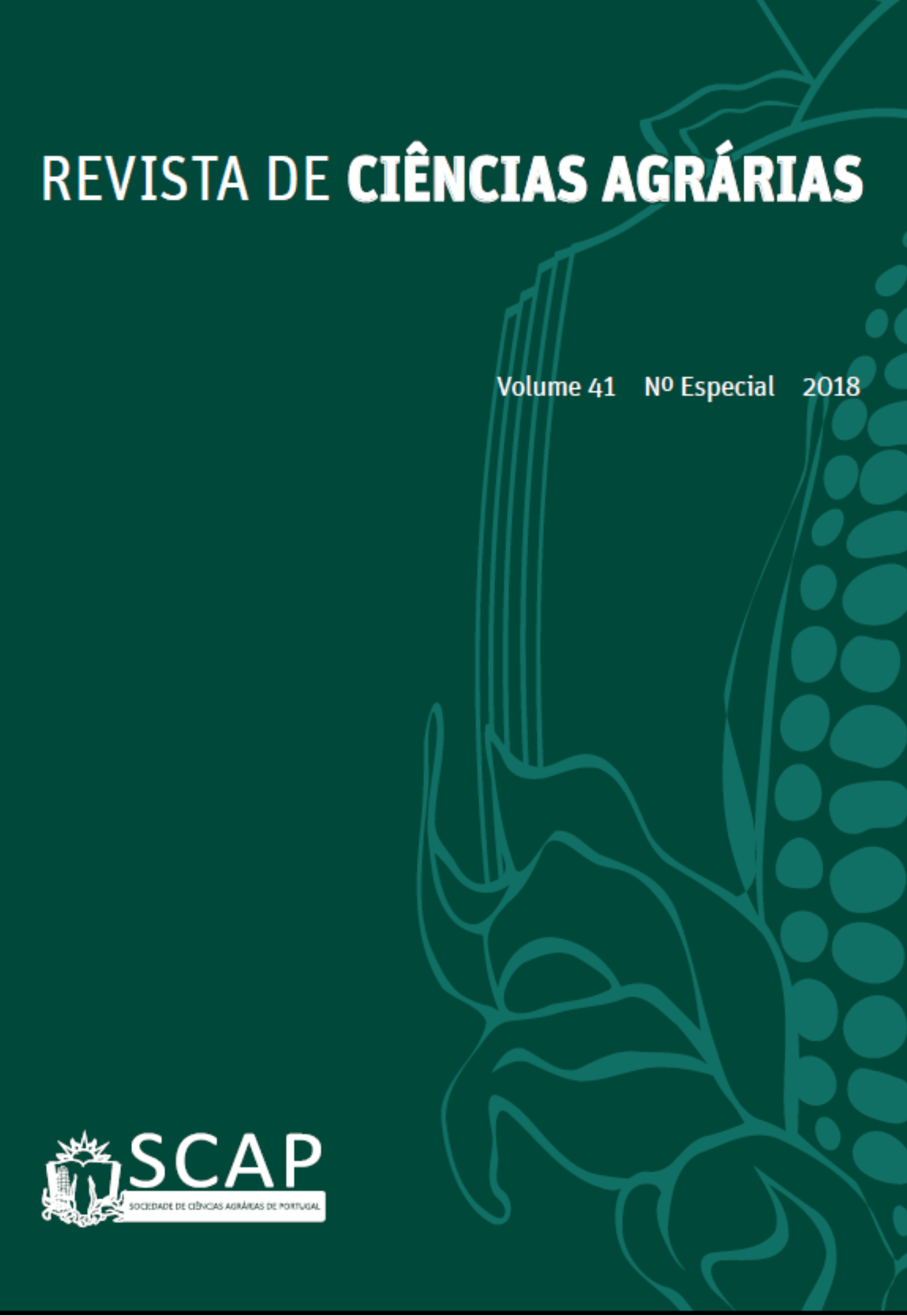Caracterisation of Puccinia hemerocallidis causing the first outbreak of daylily rust in Europe
DOI:
https://doi.org/10.19084/rca.17075Abstract
Daylily (Hemerocallis spp.) is an ornamental plant widely used in gardens. Daylily rust, caused by the fungus Puccinia hemerocallidis, has disseminated through all continents only in the 21th century, except in Europe, where it has been considered a quarantine disease by the European Plant Protection Organisation. In Portugal, since November 2015, typical rust symptoms were observed in daylily plants in gardens in Lisbon, Alentejo, Algarve and Madeira, attaining high prevalence, incidence and severity. The causal agent was identified as P. hemerocallidis and the Koch’s postulates were fulfilled. Phylogenetic data suggest that this fungus may have been introduced from North America. Using flow cytometry, the genome size of the P. hemerocallidis populations present in Portugal was estimated to be 345 Mbp (0.3533 pg DNA/1C). For such analysis Rhamnus alaternus was validated as a DNA standard, exhibiting a nuclear content of 0.680 pg DNA/2C. The identification of this disease in diverse locations in Portugal represents a threat to European breeding and nursery industries, since there are the appropriate conditions for inoculum maintenance and propagation from Portugal to the rest of Europe.


